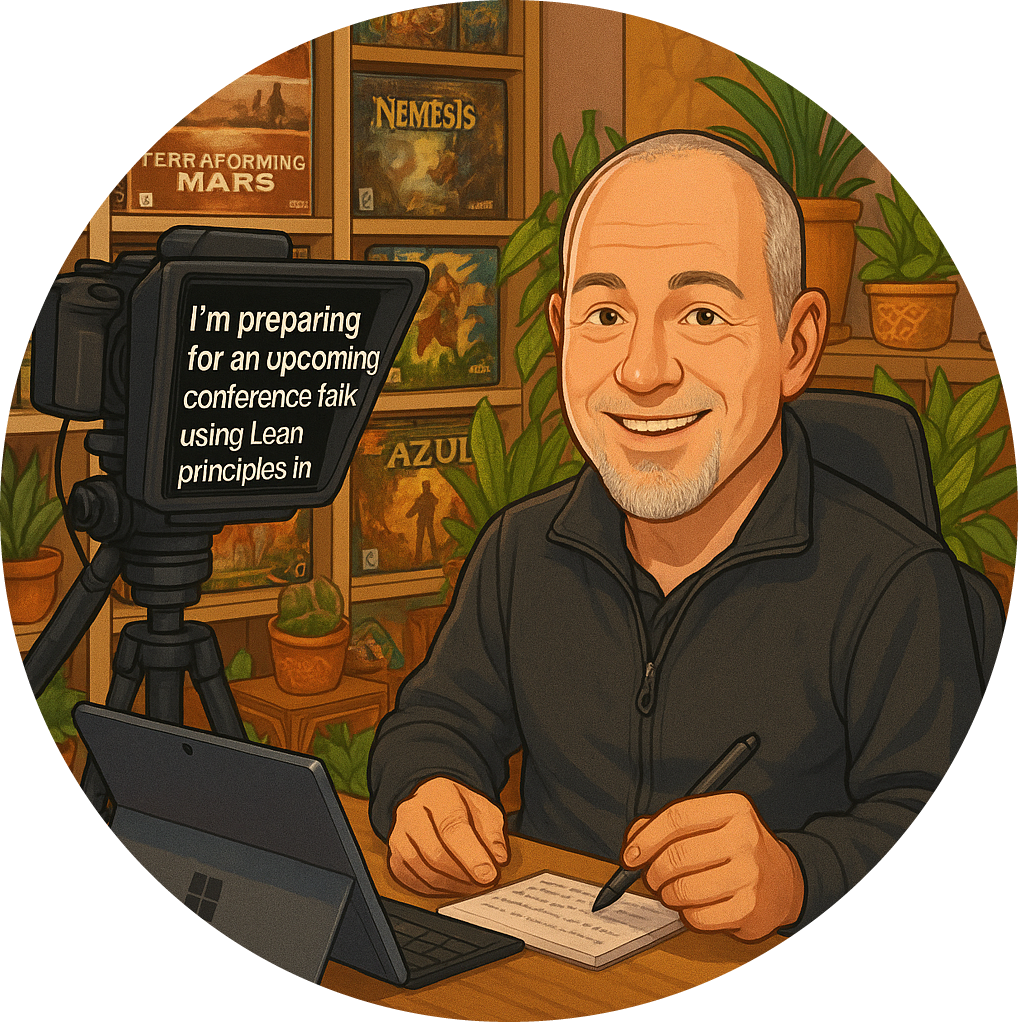In my experience working with various organisations, I’ve often noticed a significant gap between expectation and reality when it comes to the concept of “done.” It’s a term that gets thrown around in Agile circles, yet its true meaning can often be lost in translation.
The Unspoken Expectation of Quality
When we talk about the definition of done , we’re not just discussing a checklist of tasks that need to be completed. Instead, we’re addressing a fundamental expectation that leadership has regarding the quality of work produced by teams. This expectation is often implicit; it’s assumed that teams will deliver a level of quality that is usable and meets the needs of the business.
However, this assumption can lead to significant issues. Many teams operate under the belief that they can simply tick boxes and call a project complete, without fully understanding the implications of their work. This is where the disconnect occurs.
Why the Definition of Done Matters
Clarity and Consistency: A well-defined “done” provides clarity for everyone involved. It ensures that all team members are on the same page regarding what constitutes a completed task. This consistency is crucial for maintaining quality across the board.
Quality Assurance: When teams have a clear understanding of what “done” means, they are more likely to produce work that meets the expected standards. This not only enhances the quality of the product but also builds trust with stakeholders.
Reducing Rework: A lack of clarity around the definition of done can lead to rework, which is both time-consuming and costly. By establishing a robust definition, teams can minimise the chances of having to revisit completed tasks.
Bridging the Gap
So, how do we bridge this gap between expectation and reality? Here are a few strategies that I’ve found effective:
Engage Leadership: It’s essential to involve leadership in discussions about the definition of done. Their insights can help shape a more comprehensive understanding of quality expectations.
Collaborative Definition: Encourage teams to collaboratively define what “done” means for their specific context. This should include not just technical requirements but also considerations for usability, performance, and any other relevant factors.
Regular Reviews: Make it a habit to review and refine the definition of done regularly. As projects evolve, so too should our understanding of what it means to be “done.”
Training and Awareness: Invest in training sessions that emphasise the importance of the definition of done. This can help instil a culture of quality within the team.
Conclusion
In conclusion, the definition of done is not merely a formality; it’s a critical component of delivering quality work. By recognising the expectations that leadership has and actively working to align our practices with those expectations, we can foster a culture of diligence and excellence within our teams.
Let’s not leave quality to chance. Instead, let’s make it a priority and ensure that our definition of done reflects the high standards that our organisations expect. After all, delivering quality work is not just about meeting deadlines; it’s about building trust and delivering value.





























